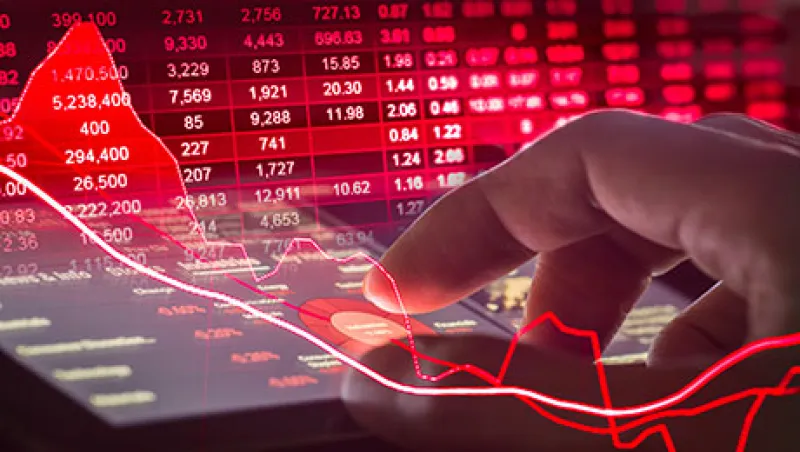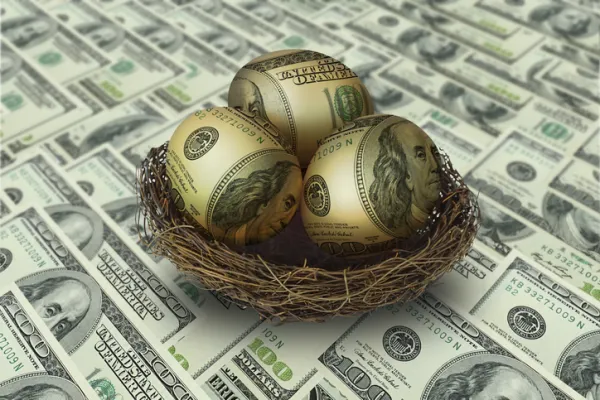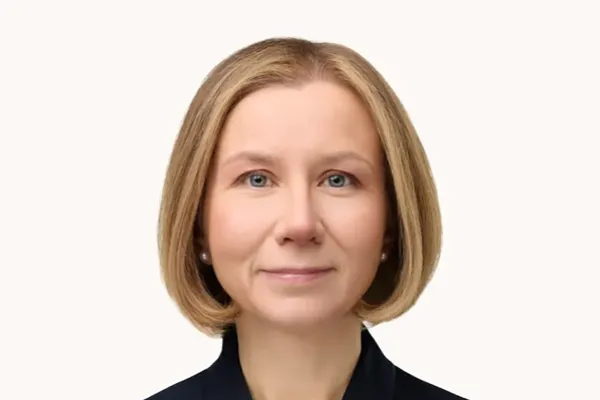In the late 1990s index funds raced to snap up Internet and other technology stocks. That wasn’t by design: Such funds are supposed to buy everything and avoid making bets on individual companies. But during the dot-com boom, tech stocks grew to be huge components of benchmarks like the S&P 500, forcing passive investors to chase these overvalued securities just like everyone else seduced by the dot-com promise.
John Rogers, lead portfolio manager of the $2 billion Ariel Fund, sees a similar bubble today, thanks to the overwhelming popularity of passive strategies. Index funds have been bumping up the prices of all stocks in the major indexes as managers put record amounts of shareholder money to work.
Rogers was one of four portfolio managers whom his firm, $10.6 billion Ariel Investments, brought together for a panel discussion in Chicago last week that hit on everything from what a Donald Trump presidency could mean for the financial industry to the importance of standing apart from the crowd when investing. The other guests included Robert Bacarella, founder and president of Monetta Financial Services; John Carey, portfolio manager at $242 billion Pioneer Investments; and Mario Gabelli, founder, chairman, and CEO of $40 billion GAMCO Investors. All four have been overseeing their funds since at least 1986.
When a downturn comes, Rogers said, the mindless selling that index funds must do will be an opportunity for active stock pickers who can not only sift through the castoffs but also hold onto positions they think will retain their value. Investors will be shocked by how much they paid for securities just because those stocks were part of a big benchmark.
“Everybody has been buying the same stocks and enjoying the return of the index fund,” said the Ariel chairman, CEO, and CIO, whose fund invests in small- and midcap value equities. “But when the markets finally turn, people will see all the stocks they’ve been buying for nonfundamental reasons. The next ten years will be a great period for the stock picker.”
Robert Bacarella, co-manager of the Monetta Fund and the Monetta Young Investor Fund, said he gave up fighting passive ten years ago when he introduced the latter vehicle, which is half passive, half active. “An airplane pilot uses autopilot for a good part of the trip; that’s passive investing,” contended Bacarella. “The pilot gets involved during turbulence, landing, or takeoff; that’s active.”
Bacarella explained that outperforming the benchmark can come down to one or two stock picks, which the hybrid fund helps him do by focusing his attention. “You don’t need to hit home runs,” he said. To be in the top quartile for performance, Bacarella noted, funds only have to return 1.45 percent annually above the benchmark.
Panelist Gabelli didn’t buy the airplane analogy. “I think of Sully,” said the manager of the $2.7 billion Gabelli Asset Fund, referring to Chesley Sullenberger, the pilot who made an emergency landing on the Hudson River in 2009. “You don’t worry about the pilot until he has to land on water.”







